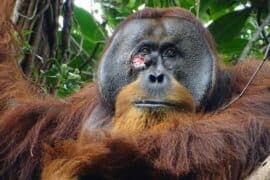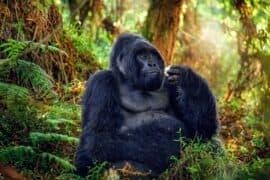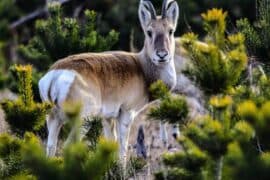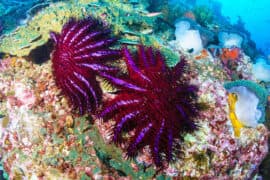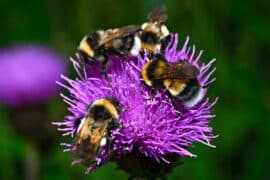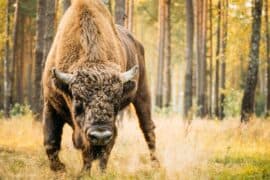Golden lancehead
(Bothrops insularis)
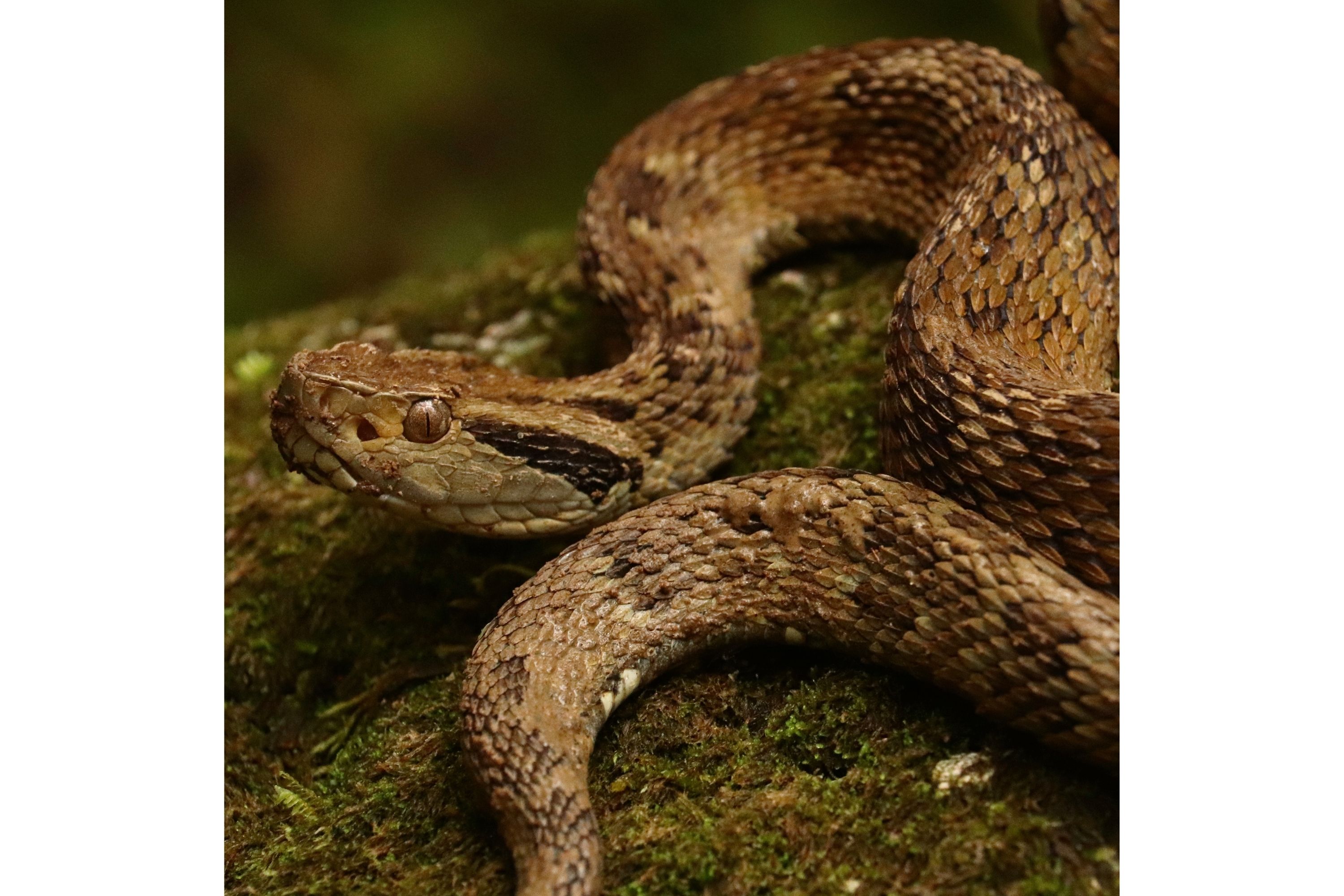
Description
Bothrops insularis, commonly known as the golden lancehead, is a highly venomous pit viper species endemic to Ilha da Queimada Grande, off the coast of São Paulo state, in Brazil. The species is named for the light yellowish-brown color of its underside and for its head shape that is characteristic of the genus Bothrops. No subspecies of Bothrops insularis are currently recognized. It is one of the most venomous snakes in Latin America. On average, B. insularis grows to a length of 70 cm (28 in) and 90 cm (35 in), and it is known to reach 118 cm (46 in). The color pattern consists of a pale yellowish-brown ground color, overlaid with a series of dorsal blotches that may be triangular or quadrangular, broad or narrow, and alternating or opposite along the dorsal median. In captivity, this yellowish color often becomes darker, which may be the result of poor circulation caused by ineffective thermoregulation. A banded pattern results when the pattern is opposite. The head lacks a well-defined post-orbital stripe. The belly is a uniform pale yellow or cream. The name "lancehead" refers to the distinctive head shape of all snakes in the genus Bothrops, which is somewhat elongated and comes to a point at the nose. B. insularis also has a longer tail than its closest relative, B. jararaca, which is most likely an adaptation to help the snake maneuver through the trees, and to eat larger prey like birds from a younger age. The island of Queimada Grande is what is classified as "subtropical" or "tropical moist forest". The coordinates for the island are 24°29′S 46°40′W. The island contains several different kinds of habitat including forest, clearings, and shrubs. The island has a very mild climate; the temperature never falls below 18 degrees Celsius, and at its hottest is just over 22 degrees Celsius (64 to 72 °F). Because of the extremely rocky terrain and the isolation of the island, however, the island is not easily accessible and is not populated by humans, or for that matter, any other mammal. The quality of its habitat continues to decline due to vegetation removal by members of the Brazilian Navy who maintain the lighthouse on the island. Bothrops insularis can usually be found either in the trees hunting for its prey, or seeking shelter among leaf litter or in rock crevices, especially during unfavorable weather or after having just ingested its prey.
Taxonomic tree:


